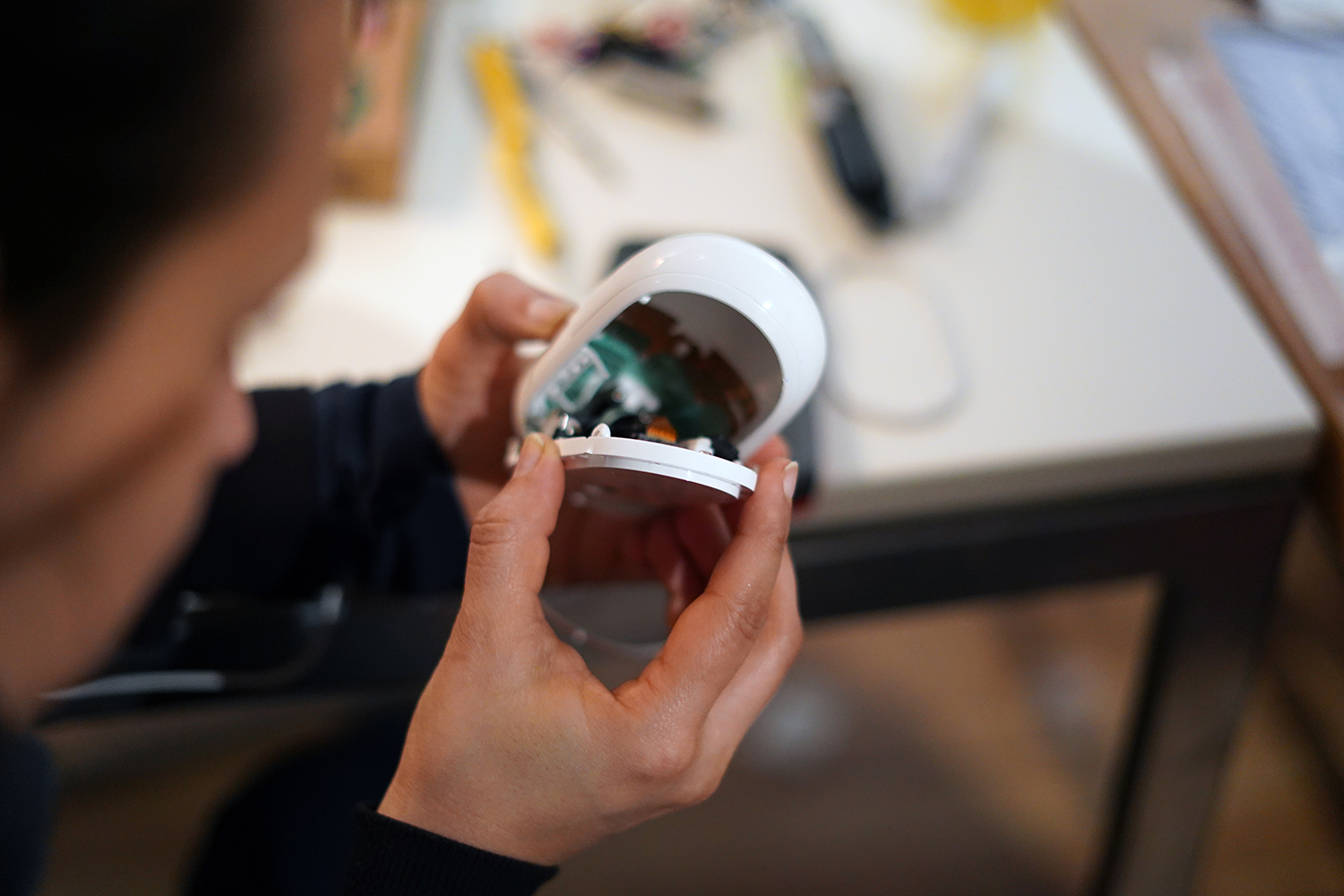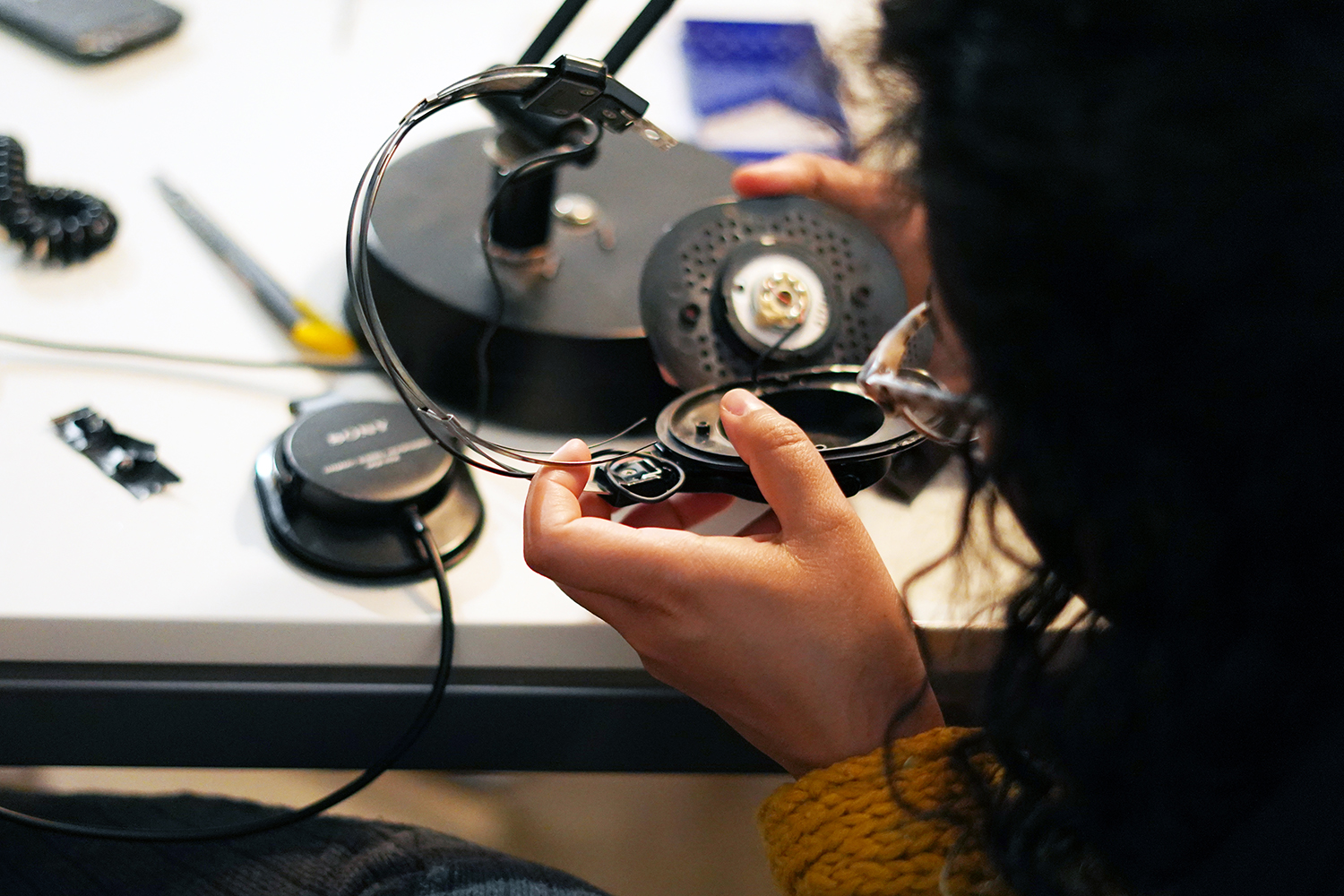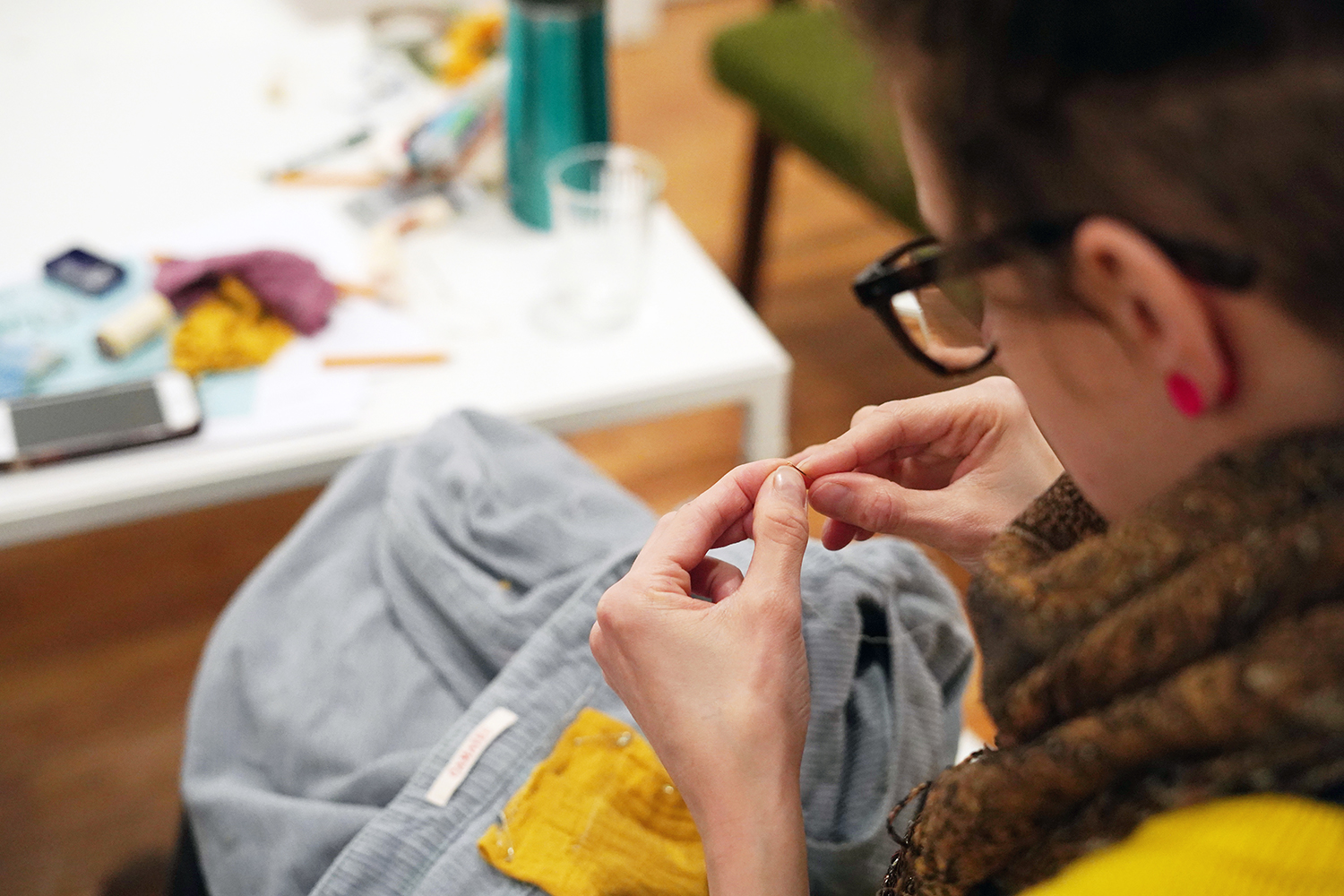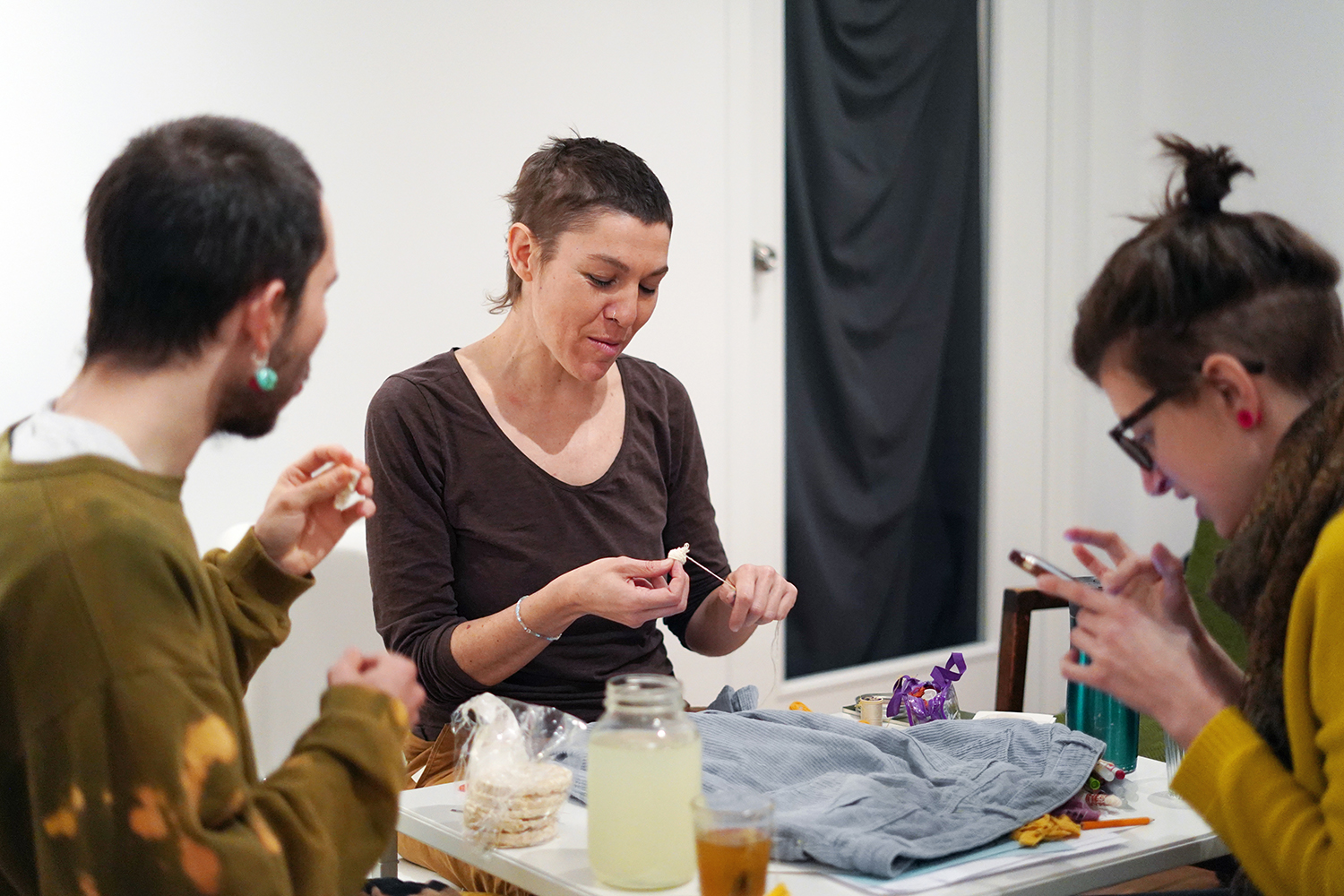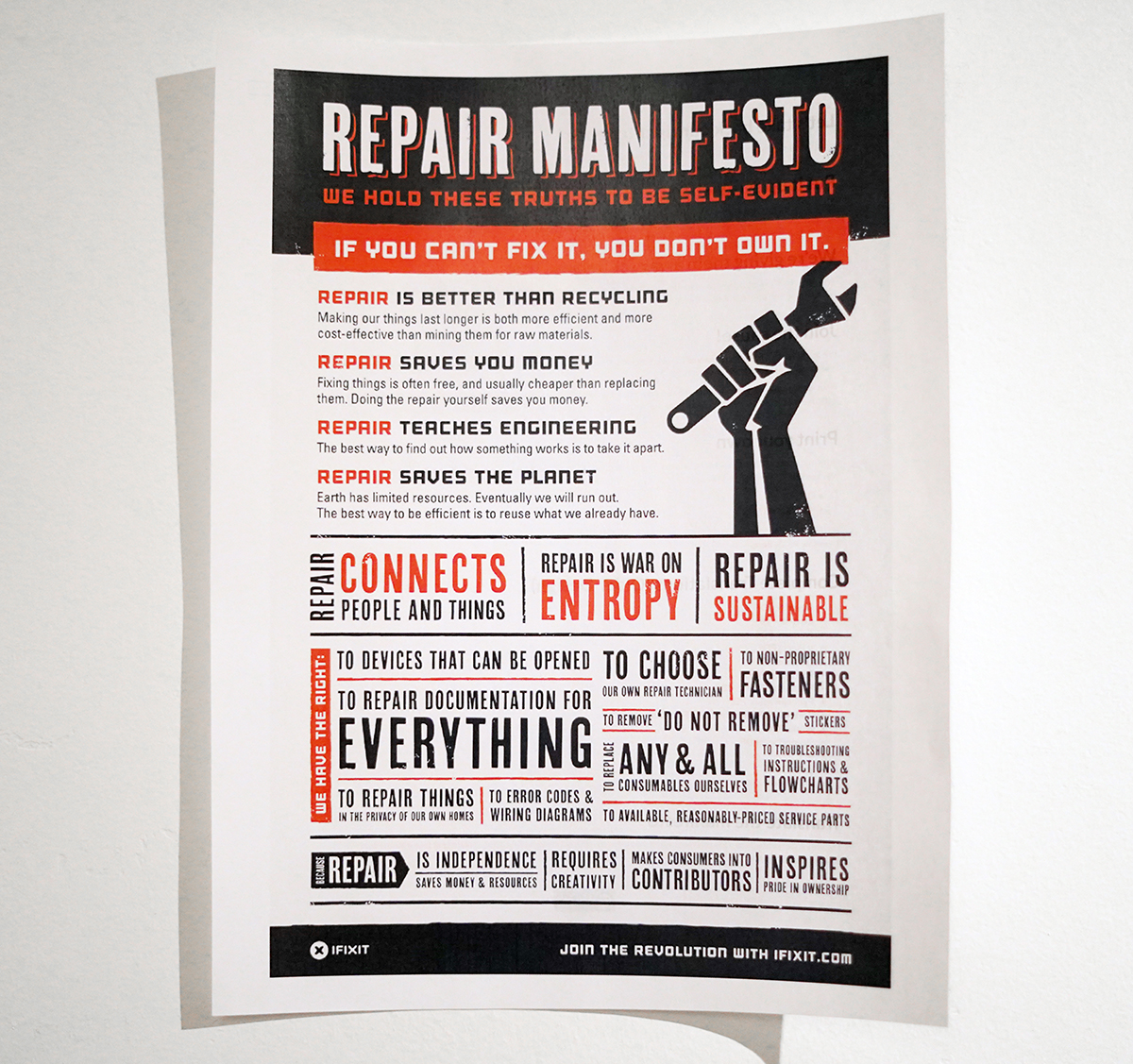STAY-AT-HOME ACTIVITIES | FAMILY: Being Together #3
When something breaks we often assume it needs to be replaced or taken to a store to be fixed. But what if we tried reusing, repairing, and repurposing it instead? That’s what Anne Goldenberg and her collaborators encouraged people to do at the Hardware Stories event: to find out how the things we use every day actually work, and to imagine all the different ways we could use them, take care of them, and use them to take care of each other.
1.
What kind of digital objects do you use at home? (Phones, computers, TVs, etc.) Choose one of these and do some research about it. Who designed it? Who manufactured it? Where was it made? What materials was it made from?
2.
We often use the word technology to mean digital technology, but technology really just means “the practical use of scientific knowledge.” A glass of milk is a kind of technology; a zine is another kind of technology. From the word “magazine,” zines are a type of simple, radical, independent publication. They are a way to share ideas you care about, or to share knowledge and skills. Try making your own zine for a friend! Think of someone you miss a lot. Maybe they’ve been feeling lonely lately, or need help solving some kind of problem. What feelings, information or skills would you like to share with them? Once you have an idea of what you’d like to share, use this guide to make them a zine.
3.
Ask someone in your family about what kinds of technologies they used as a child. Did they use a computer? A typewriter? Ask them to talk about ways their life has changed since they started using a cellphone or another kind of common digital object.
4.
There are many ways to learn about objects. We can look at an object, we can describe it, we can try using it, we can take it apart. Sometimes even the way something breaks helps us to understand it. Take a big piece of paper and place it against an interesting object, then use the flat side of a pencil to cover over the object with graphite. What kind of shapes, patterns, and textures do you find? Is a TV really flat? Are phones closed or open objects? How different are a plant and a chair? You can also try touching the object with your eyes closed. What do you notice? Describe the shape, texture, and temperature. What else could this object be used for? What kind of future will this object have?
